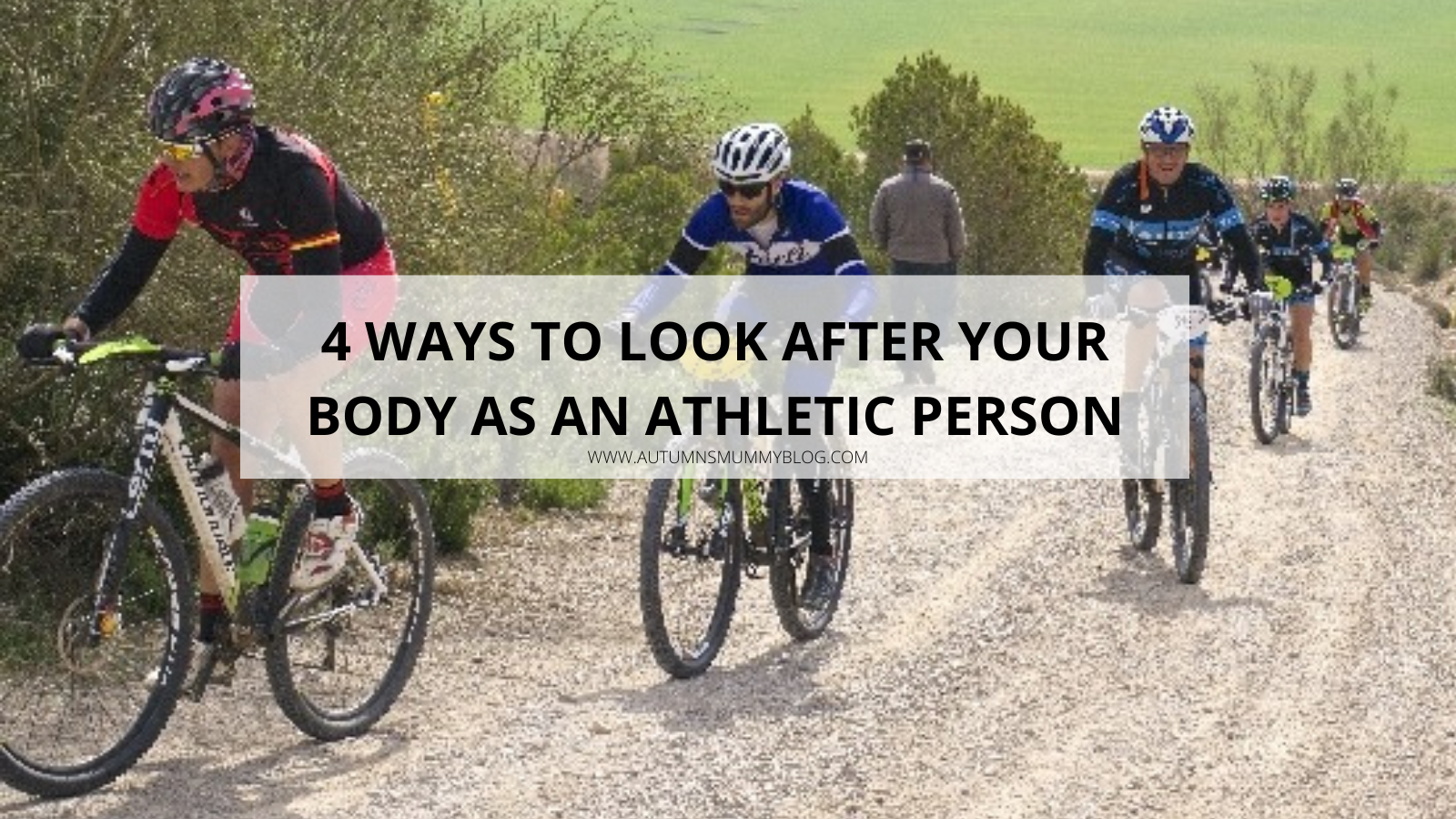Collaborative Post¦ As an athlete, you have to put a lot of stress on your body. Therefore, you need to make sure that you are taking care of it in the best way possible if you want to stay healthy and perform at your best. In this blog post, we will discuss six ways that you can look after your body better. Follow these tips, and you can stay healthy and reach your athletic goals!
Allow yourself enough time to rest.
When constantly training and pushing your body to its limits, giving it time to recover is essential. Overtraining can lead to injuries and burnout, so make sure you take one or two days off per week. This will help your body to recover and stay healthy in the long run. If you are injured, don’t try to push through the pain. This will only worsen the injury and keep you out of action even longer. Instead, take the time to rest and heal properly so you can get back to training as soon as possible. Also, make sure to listen to your body. If you feel fatigued or run down, take an extra day off to recover. Pushing your body too hard will only lead to injuries, so be sure to rest and recover properly.
Eat nutritious foods.
Athletes need to be sure they’re eating foods that will fuel their bodies and help them perform at their best. That means plenty of lean protein, complex carbs, healthy fats, vitamins, and minerals. In addition, it’s important to eat regular meals throughout the day and not skip any meals. Skipping meals can lead to fatigue and a drop in blood sugar levels which can negatively affect performance.
It’s also important to stay hydrated by drinking lots of water throughout the day. Dehydration can cause cramping, muscle weakness, and fatigue. Fueling your body with the right nutrients will help you train harder and perform better. Be sure to talk to a registered dietitian or nutritionist if you need help creating a nutritious meal plan.
Incorporate strength training into your routine.
Athletes often focus on cardio and endurance training, but strength training is essential for overall health and injury prevention. Strength training not only helps build muscle but can also improve bone density and joint health. Try to do a full-body strength routine two or three times a week.
If you’re new to strength training, plenty of resources are available to help you get started, including online programs, in-person classes, and personal trainers. And don’t forget to warm up and cool down properly before and after your workouts!
Pay attention to hygiene.
This may seem obvious, but it’s important to remember that you are more susceptible to injury and infection as an athlete. Therefore, ensure you regularly wash your hands and use antibacterial soap, especially before and after training sessions. It’s also important to shower immediately after working out to help remove any bacteria or sweat that could lead to skin irritation; consider the benefits of using blue shampoo after exercise. Finally, make sure you are wearing clean clothes and using sterile equipment. This will help reduce your risk of developing a skin infection or other types of illness.
Get regular check-ups.
You’re putting a lot of wear and tear on your body as an athlete. Getting regular check-ups with your doctor to ensure everything is functioning correctly and to catch any problems early is important. Additionally, many sports require specialized equipment such as helmets and mouthguards. Make sure this equipment fits properly and is in good condition. Finally, staying hydrated is crucial for athletes. Drink plenty of water before, during, and after exercise to avoid dehydration. Sports drinks can also help replace electrolytes lost through sweating.
Make sure to warm up and cool down.
Warming up and cooling down are essential for all athletes, whether you’re a runner, swimmer, or weightlifter. Warming up gradually increases your heart rate and prepares your muscles for activity. Cooling down helps your body to recover after exercise by slowly decreasing your heart rate and allowing your muscles to repair themselves. Both warm-ups and cool-downs should last for about five to ten minutes.
Additionally, it’s essential to stretch both before and after your workout. Stretching helps to increase flexibility and prevent injuries. Static stretches, held for about 30 seconds, are best for cooling down. Dynamic stretches, which involve moving your body through a range of motion, are more effective for warming up.
Following these four tips will help you to look after your body better as an athletic person. Remember to warm up and cool down, stretch before and after your workout, eat a balanced diet, and stay hydrated. By taking care of your body, you’ll be able to perform at your best and enjoy your favorite activities for years to come.
Disclosure: This is a collaborative post.
